当前位置:网站首页>Informatics orsay a tong (1258: 【 9.2 】 digital pyramid)
Informatics orsay a tong (1258: 【 9.2 】 digital pyramid)
2022-08-02 23:34:00 【orange teacher】
1258: [Example 9.2] Digital Pyramid
Time Limit: 1000 ms Memory Limit: 65536 KB
Commits: 20019 Passes: 11518
【Title Description】
Observe the digital pyramid below.Write a program to find a path that ends anywhere from the highest point to the bottom, so that the sum of the paths passing through the numbers is the largest.Each step can go from the current point to the lower left point or to the lower right point.

In the example above, the path from 13 to 8 to 26 to 15 to 24 yields the maximum sum of 86.
[Enter]
The first line contains R (1≤R≤1000), which indicates the number of lines.
Each subsequent row contains an integer for a particular row of this digital pyramid.
All integers supplied are non-negative and no greater than 100.
【Output】
A single line containing the largest possible sum.
【Sample input】
51311 812 7 266 14 15 812 7 13 24 11【Example of output】
86【Analysis】
Method 1: Push forward
Let a[i][j] store the number tower, and f[i][j] record the sum of the path numbers from the starting point to the jth column of the ith layer.
(1) Division into stages.
Stages: Each layer is a stage; there are five stages in the sample.
(2) Determine the state and state variables.
state: each value in the two-dimensional array is the state.Status information is represented by f[i][j].
(2) Determine the decision and write out the state transition equation.
Where does the value of f[i][j] come from?Of course from column j and column j-1 of row i-1 above.Decisions: From Above?Or from top left?, strategy: maximize the path.Therefore:
The state transition equation: ![f[i][j]=a[i][j]+max\left\{\begin{matrix} f[i-1][j-1]\\ f[i-1][j] \end{matrix}\right.](http://img.inotgo.com/imagesLocal/202208/02/202208022000269923_3.gif)
(4) Find boundary conditions.
When pushing forward, the boundary: f[1][1]=a[1][1].Goal: max(f[n][j])
(5) Design and implement programs.

[Reference code 1]
#include #define MAXN 1010int a[MAXN][MAXN]; //Store the tower dataint f[MAXN][MAXN]; //f[i][j] represents the sum of the path numbers from the starting point to the j column of the i layerint max(int x,int y){return x > y ? x : y;}int main(){int i,j,n,ans;scanf("%d",&n);for(i=1;i<=n;i++)for(j=1;j<=i;j++)scanf("%d",&a[i][j]);f[1][1]=a[1][1];for(i=2;i<=n;i++)for(j=1;j<=i;j++)f[i][j]=max(f[i-1][j-1],f[i-1][j])+a[i][j]; //state transition equationans=0;for(i=1;i<=n;i++) //max(f[n][j])ans=max(ans,f[n][i]);printf("%d",ans);return 0;} Method 2: Inverse method
Where does the value of f[i][j] come from when pushing backwards?is from column j and column j+1 of row i+1 below.The state transition equation is:
![f[i,j]=a[i][j]+max\left\{\begin{matrix} f[i+1][j]\\f[i+1][j+1] \end{matrix}\right.](http://img.inotgo.com/imagesLocal/202208/02/202208022000269923_0.gif)
Boundary: f[n][j]=a[n][j].Target: f[1][1].
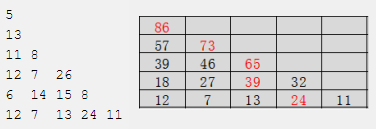
[Reference code 2]
#include #define MAXN 1010int a[MAXN][MAXN]; //Store the tower dataint f[MAXN][MAXN]; //f[i][j] represents the sum of the path numbers from the starting point to the j column of the i layerint max(int x,int y){return x > y ? x : y;}int main(){int i,j,n;scanf("%d",&n);for(i=1;i<=n;i++)for(j=1;j<=i;j++)scanf("%d",&a[i][j]);for(i=1;i<=n;i++)f[n][i]=a[n][i];for(i=n-1;i>=1;i--)for(j=1;j<=i;j++)f[i][j]=max(f[i+1][j],f[i+1][j+1])+a[i][j]; //state transition equationprintf("%d",f[1][1]); //target f[1][1]return 0;} 边栏推荐
猜你喜欢
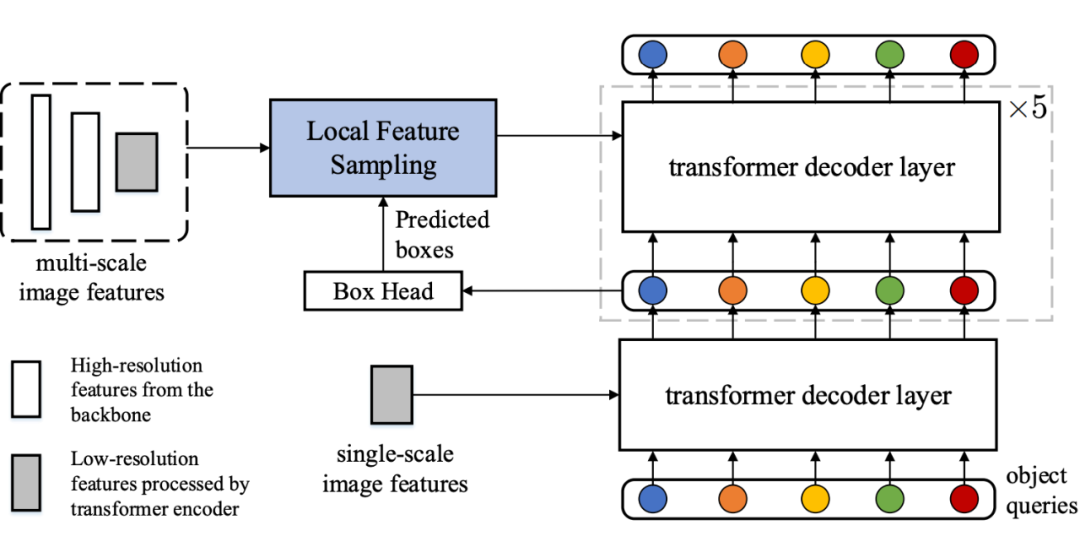
ECCV 2022 | 通往数据高效的Transformer目标检测器

Qt提升自定义控件,找不到头文件
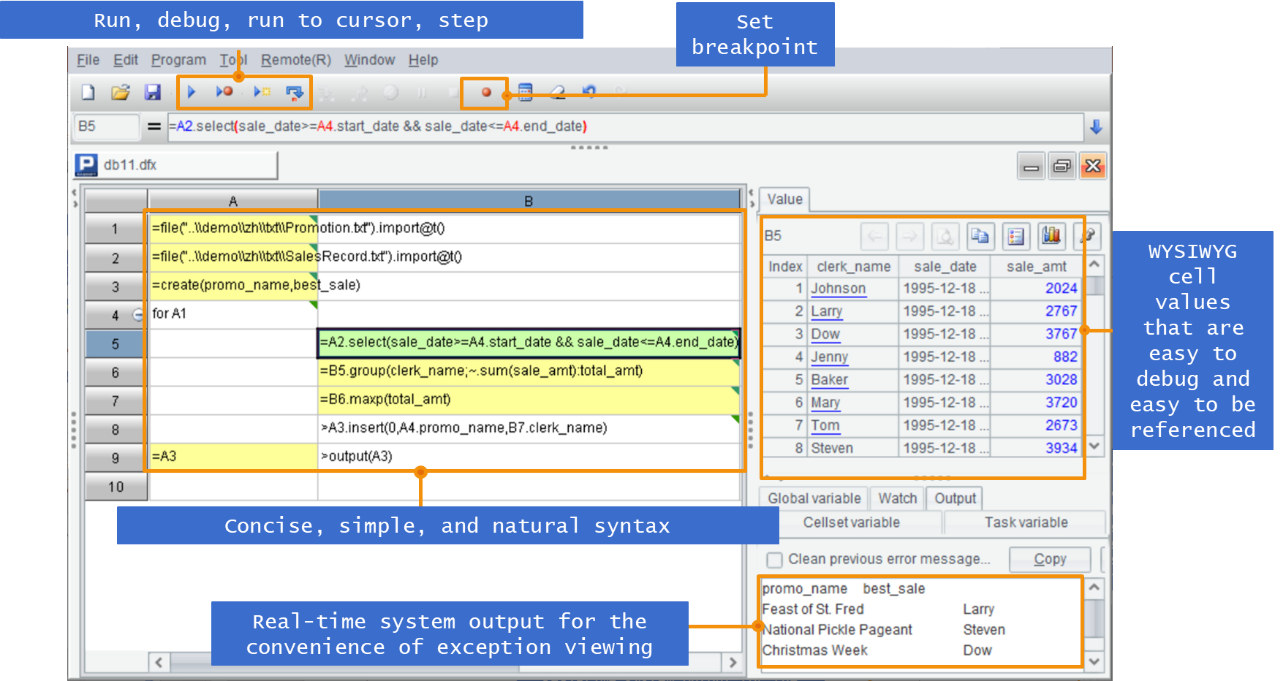
SQL 嵌套 N 层太长太难写怎么办?

基于 outline 实现头像剪裁以及预览
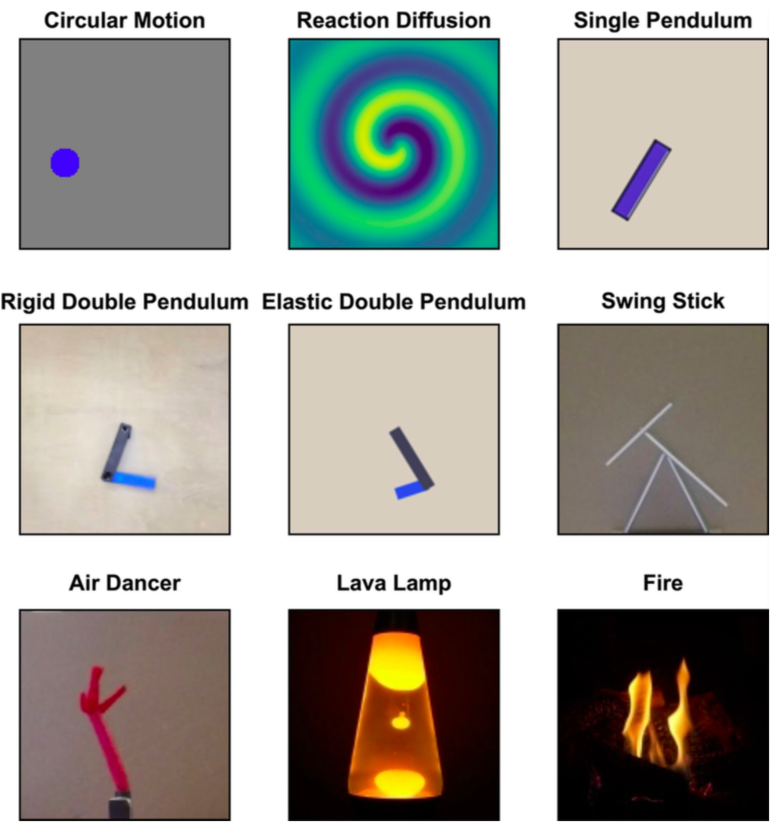
AI Scientist: Automatically discover hidden state variables of physical systems
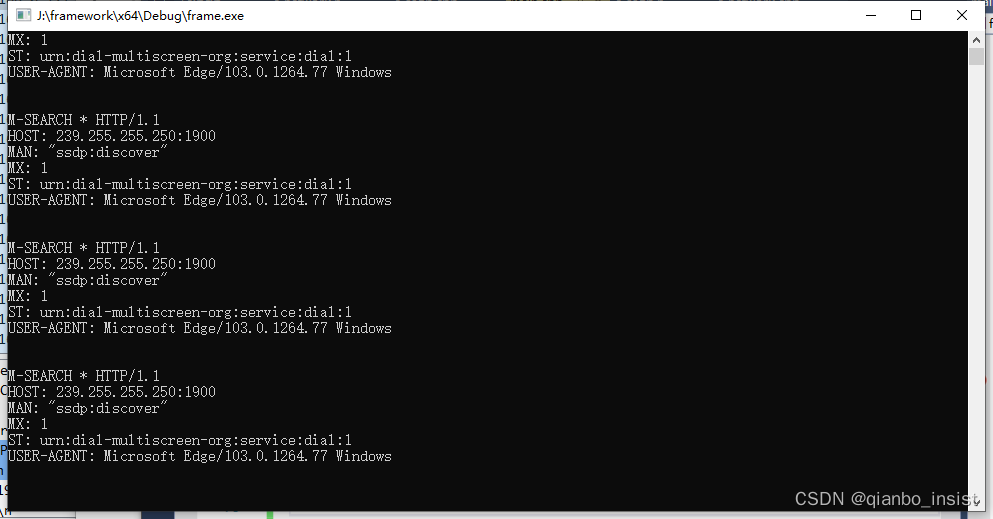
ssdp协议搜索GB28181设备

【手撕AHB-APB Bridge】~ AMBA总线 之 APB
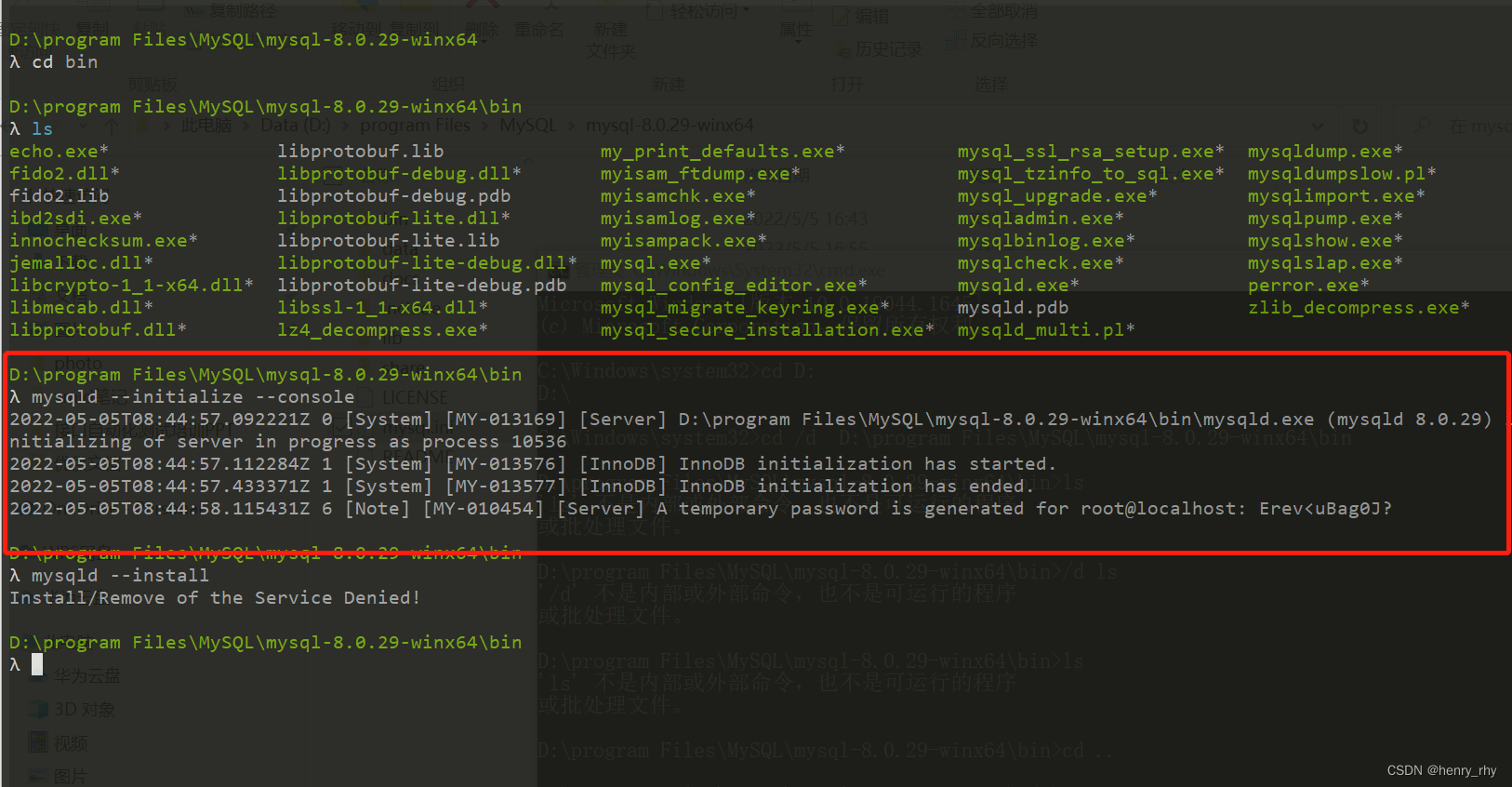
SQL 入门之第一讲——MySQL 8.0.29安装教程(windows 64位)

go——垃圾回收机制(GC)

KDD 2022 | 深度图神经网络中的特征过相关:一个新视角
随机推荐
如何解决图像分类中的类别不均衡问题?不妨试试分开学习表征和分类器
js如何获取浏览器缩放比例
【StoneDB性能相关工具】内存监控
Helm基础知识
Shell: conditional statements
iframe------------frame-
MSTP与STP
谷歌竞价机器学习如何去理解?
如何使用windbg查看C#某个线程的栈大小 ?
9,共模抑制比一-不受输入信号中共模波动的影响。【如何分析共模CM抑制比。】
什么是 IDE
V - memo new instructions
【数据分析】:什么是数据分析?
李沐动手学深度学习V2-BERT预训练和代码实现
Common tools and test methods for interface testing (Introduction)
封装和包、访问修饰权限
框架设计:PC 端单页多页框架如何设计与落地
Qt提升自定义控件,找不到头文件
实现fashion_minst服装图像分类
.NET性能优化-你应该为集合类型设置初始大小